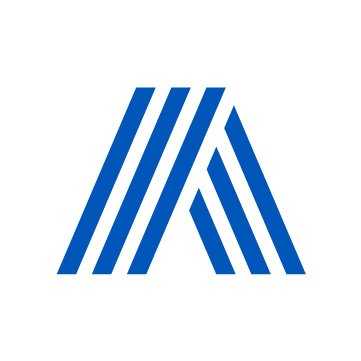A Deep Dive into Anodizing for Defense and Aerospace Machining
How much do you know about anodizing?
Anodizing is an electrochemical process used primarily on parts made from aluminum to protect against corrosion, enhance durability, and improve the aesthetic appearance.
Unlike other finishing treatments like painting or plating, anodize fully integrates with the underlying material and won’t chip or peel.
Heinz Engineering offers three standard types of anodize at our CNC machine shop: chromic acid, boric-sulfuric acid, and hard anodize. We work closely with Aero TMF, our sister company, to provide superior anodizing services.
Chromic Acid Anodize
Chromic acid anodize (CAA) is a popular choice for defense and aerospace machining. The process involves immersing a part in a chromic acid bath. CAA yields the thinnest coating of the three anodize types, which helps to ensure that tight tolerances are maintained post-anodizing.
Despite the thin coating, CAA provides corrosion protection equal to other, thicker types of anodize. However, it’s worth noting that the thin coating absorbs less color than other anodize types when dyed. As a result, CAA is an optimal choice for applications that prioritize function—and less ideal for parts requiring a decorative finish.
Chromic acid anodized parts have a gray finish but are also frequently dyed black—though these dyed-black parts will not possess the same rich black appearance as parts that undergo boric-sulfuric acid anodizing or hard anodizing.
Boric-Sulfuric Acid Anodize
Boric-sulphuric acid anodize (BSAA) is achieved by submerging parts in a sulphuric acid bath. BSAA is a popular alternative to chromic acid anodize—it’s safer, more energy-efficient, and less expensive.
While boric-sulphuric acid anodize produces a slightly thicker coating than chromic acid anodize, it’s still a good choice for tight tolerance parts.
Parts that undergo boric-sulphuric acid anodizing are non-conductive and corrosion-resistant. The BSAA coating will not accept dyes but does offer excellent paint adhesion—parts are almost always painted post-BSAA and have a beautiful appearance.
BSAA is common in defense and aerospace machining. In fact, numerous Boeing parts—from defense to commercial—require this type of anodize.
Hard Anodize
Hard anodizing provides an exceptionally durable surface by creating a thick, hard coating—the finish is harder than tool steel! The process involves immersing a part in sulphuric acid at relatively high concentrations and low temperatures.
Hard anodize is an excellent choice for high-wear parts that must withstand ongoing exposure to harsh environments. Due to its exceptional abrasion resistance, hard anodize is often used for valves, pistons, gears, and other components that experience significant rubbing. It’s also popular for defense applications, such as firearms and optical sights.
Hard anodized parts are often dyed black, although it’s possible to apply a variety of different colors.
It’s important to note that the thicker coating produced by hard anodizing can change the dimensions of a component and push features out of tolerance. Consequently, we ask that customers who request this treatment clarify the allowable buildup and verify if the required dimensions are before or after anodizing.
Maintaining Color Consistency in Anodized Parts
Color inconsistency is a common issue CNC machine shops encounter when anodizing parts. There are many variables in the anodizing process (e.g., the temperature of the water, elements present in the water, where parts are positioned in the tank). If these variables aren’t properly controlled, color can vary considerably from batch to batch—or even part to part.
Fortunately, color inconsistency is less of an issue for parts dyed black or gray—but even the color black can vary slightly. It’s in your best interest to work with partners who have excellent processes and quality control mechanisms in place to ensure color uniformity.
Trust Our CNC Machine Shop for Superior Anodizing Services
When you need anodizing services for an aerospace or defense component, you can trust Heinz Engineering and our sister company, Aero TMF, to deliver superior results.
Request a quote today and get a response in 24 hours!


